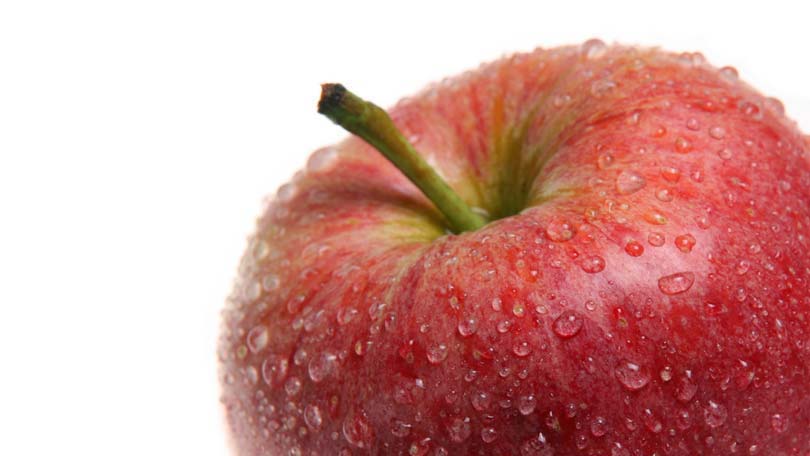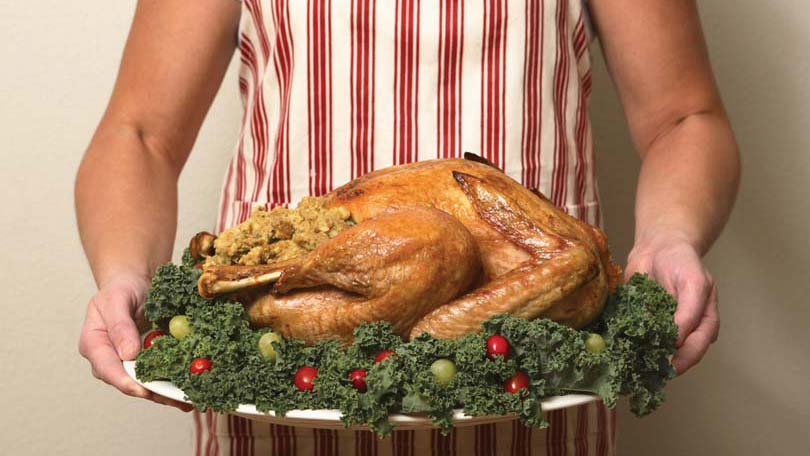
Most of us love an excellent steak every now and then. Often, great steaks are tough to come by. Finding a dining establishment that truly understands how to deal with a steak is a chore, and can be expensive.
The very first thing to keep in mind is that Steak Rubs are a device, not a way to cover up mistakes. Lots of is the time I have actually gotten a steak in a so-called “Steakhouse” and was served a lessor cut of meat encrusted in spices in order to hide it’s pedigree.
The best steak starts with knowledge (like a lot of other things), and the process begins long prior to the meat comes up to the grill. You need to comprehend the different grades and cuts of meat so you can make informed decisions when selecting your cuts. In the U.S., meat is graded as entire carcasses, by Inspectors on the federal governments payroll (USDA). They grade the carcasses according to age, and just how much marbling, or streaks of fat they have running through the muscle tissues The grading procedure is developed to be really friendly to the multimillion dollar beef market. And remember that a lot happens to the meat after it is graded, so the grade is only one factor to consider. Even if the label might say ‘Prime’ on it, this does not imply the meat is Prime Grade. The label should have a USDA tag on it that says ‘USDA Prime’.
The grades of beef in the U.S. available to the retail public are:
USDA Prime-this meat has excellent marbling throughout the carcass, and the steaks will most likely be tender, and have a fantastic buttery flavor. USDA Prime just makes up around 3% of the total U.S. beef production.
USDA Choice-this is the grade the majority of us are familiar with, and what you will probably see in your local market. Although lesser in quality to USDA Prime, it will still have excellent marbling, and will hurt and tasty for the a lot of part. It will have a somewhat courser texture than USDA Prime. USDA Choice comprises around 54% of US cattle production.
USDA Select-This is the most affordable grade of meat used to the retail public. It is great for making your own ground chuck, or beef as long as you add at least 10% fat to it.
A couple of other things you might see are:
Certified Angus Beef-started in 1978 under pressure from Angus beef manufacturers (who get a great deal of individuals chosen to Public Offices) to promote the use of their cattle. It means absolutely nothing. There is no proof that Angus livestock are in any method remarkable to other similarly-raised cattle.
Grass-Fed- the cattle have actually just been raised on forage.
Grain-Fed-the cattle have actually been raised on forage, however ‘ended up’ on grains in a feedlot.
Organic-the livestock have actually not gone through any steroids, pesticides or other chemicals. This meaning is subject to regular modification, and does not reflect anything that occurs to the meat after it has actually been butchered.
Halal-the livestock have been processed according to Muslim Dietary Laws
Kosher-the livestock have actually been processed according to Jewish Dietary laws.
Kobe Beef-cattle of the Waygu type, raised just in the hills of Kobe, Japan. They are ended up by hand-feeding them high-energy foods such as beer, and beer mash, to create inflammation, a high-fat content, and the cattle are hand-massaged to minimize tension. This produces an exceptionally tender, tasty steak, however the extremely soft texture takes a little getting used to.
As far as steaks for grilling, we can narrow it down to 3 main sections: Rib, Short-Loin, and Sirloin. The rib location is where you get Rib Roast, Rib-Eye (the King of Steaks), and of course, the ribs. Other cuts of interest, Flank Steaks, Round Steak, and New York Strip are likewise cut from the these sections, and are a bit tougher.
Now, you have a professional cooks understanding of how to choose the best steaks for your needs, and budget. It’s time to develop our rub. Excellent steaks do not require any included taste, fat or marinades. When cooked appropriately, and permitted to rest before serving, they contain their own marinade and flavoring constructed right in. You can make a completely edible steak simply by tossing it on the grill and cooking it to the appropriate level, such as Rare, Med-Rare, etc. (that’s for a future short article), and letting it rest for 5 minutes prior to serving. Many of us would like to distinguish ourselves by including a little of ourselves to the production. This is art in it’s purest type. So rubs should be thought about in this light. Your rub needs to reflect who you are, unique from all other people.
When making a rub, mix a new mix in percentages up until you know if it is what you want. Rubs will keep for around two months, then start to lose flavor, so ensure to label them with the date, and the dish. There is absolutely nothing more irritating than coming up with a dynamite dish, then later forgetting how we did it (it’s taken place to everyone at one time or another).
The standard components of a rub are salt, sweet, sour and bitter. Every flavor is made up of varying amounts of these 4 components. It’s best to start with the salt and sweet parts, then build towards the sour and bitter.
You may believe that common sense determines that the salt part would be just salt, but that is only partly proper. There are numerous type of salt readily available such, such as Garlic Salt, Onion Salt, Celery Salt, and Seasoning Salt. Other candidates may be a mainly salt mix such as Spike, Cajun Spice, or for people on a salt-restricted diet, Mrs Dash, or your own mix.
The sweet part can be regular sugar, brown sugar, turbinado, molasses powder, honey powder (remember, this is a dry rub, so only dry ingredients need to be utilized), or for diabetics, even Splenda, or Sucralose (do not under any scenarios use Aspartame. We want to enhance the steak, not slap it in the face.
A definitely terrific all-purpose rub can be made with just a cup of brown sugar, and a cup of Garlic Salt. You may be a little bit more intricate, so moving on … From this fundamental rub, we can begin to construct on the flavor. Simply be sure to include them a little at a time, and taste the rub in between active ingredients to see how it is developing.
The extremely last component is optional, however there may be times when you wish to put a little heat in the rub for some included enjoyment. My 3 main tools to this end are cayenne, or Red Pepper, Jalapeno Powder, or Wasabi Powder, depending on what statement you wish to recommend. Whatever you use for hot, go extremely simple with it.
Now you understand how to make a homemade steak rub that reflects your character, and matched with the right meat and cuisine, can show what you want to state to the world. I purposely did not include any recipes with this article, since I want you to experiment, and discover your own course to culinary greatness. … getting there is half the fun.



